The best orange sandbags for traffic management!
Are you concerned about people missing a construction sign just because it falls due to the sturdy winds? Although road traffic sign stands are purposefully made resilient to withstand harsh winds and dry weather conditions, there is still a high probability of instability.
The inconsistency of signs leads to reduced warning signs, highway signs, and other regulatory signs to guide motor vehicle drivers to slow down and curb accidents.
Therefore, road signage must remain in place to ensure road safety and regulate traffic flow.
Traffic engineers create sturdy bases for these sign stands and prevent them from overturning. This is where orange sandbags come to the rescue. These sturdy sandbags can be laid back against the various traffic guide signs and prevent falling.
Now that you know the importance of sandbags in the maintenance of road and pavement markings, it is important to understand the different characteristics of the different types of sandbags so that you choose the right types of sand bags for your suitable ballast requirement.
Read along and explore the different characteristics that make each variant of sandbag unique so you know which to choose.
Do you want to know more about this topic? We also have an article talking about different types of sand bags for sale.
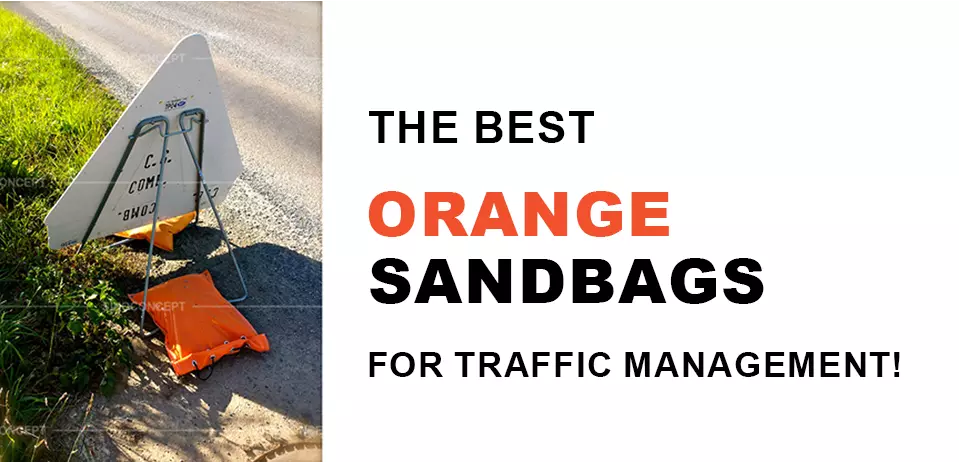
What makes various sandbags effective in traffic management?
The choice of the right sandbag is important considering the scale of your traffic project. Suppose an ongoing construction project is intended to be operational for a long time.
In that case, it is important to place construction warning signs, material caution, and barricades for the various road users and barricades, crossings, and ramps for the workers.
Hence, it is important to check the various characteristics in your sandbag that would allow them to yield the desired outcome.
Choice of road performance sandbags should be made based on the following characteristics:
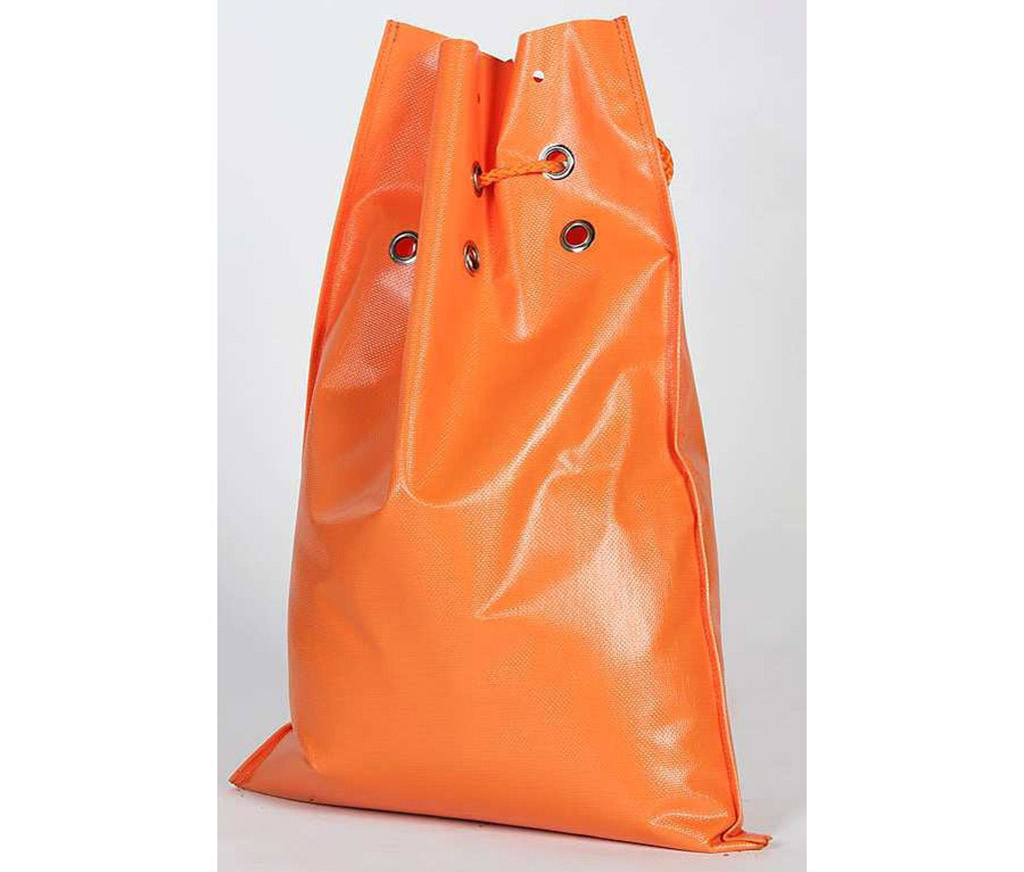
Chemical resistant
It is important that the chosen sandbag can withstand the hazardous chemicals incurred during construction and road maintenance.
Ability to resist other environmental conditions
The chosen sandbag should withstand elements such as wind, rainfall, Ultraviolet radiation, and other environmental factors. This ensures the bag does not wear and tear down when in contact with nature.
Moisture resistance
Sandbags are most effective if they do not absorb moisture, as this allows the material inside sandbags to remain firm and prevent material breakdown.
Colours
You need to choose the colour of the sandbags accordingly. Orange sandbags are preferable as ballasts and other measures of road management, as they are easily visible and accessible to the eye.
They can be good reminders and warning signs about traffic safety programs and rules. Transportation engineers mostly use black sandbags to support crossings and ramps, as black sandbags coordinate well with the surroundings.
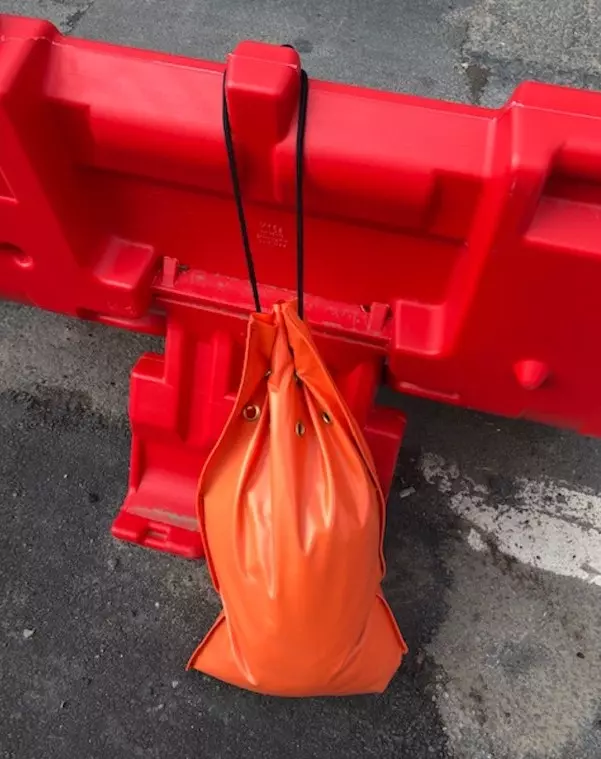
You have already read a good part of this article, 👀
We've
got the impression that you like it. 🙂
👇🏻
IF YOU ARE LOOKING TO WORK DIRECTLY WITH A MANUFACTURER,
FEEL FREE TO CONTACT US. WE ARE VERY HAPPY TO HELP!
Suitability of polypropylene sandbags in traffic management
Woven polypropylene sandbags are an effective material used to support bollards, road signage, and reflectors and fulfil other ballast purposes.
These bags offer various advantages, including:
- Woven polypropylene is the ideal plastic material with durable properties preventing the bag from rotting quickly.
- Woven polypropylene sandbags act as effective barricades for flooding as they resist moisture, preventing material from breaking apart.
- They are considered heavy-duty sandbags to support pedestrian signals and highway safety sign stands in construction areas.
- They are biodegradable and environmentally friendly.
- They are effortless to prepare and stack to create a barricade wall.
- They are a perfect fit for areas exposed to high UV radiation and heat waves, as they are heat resistant.
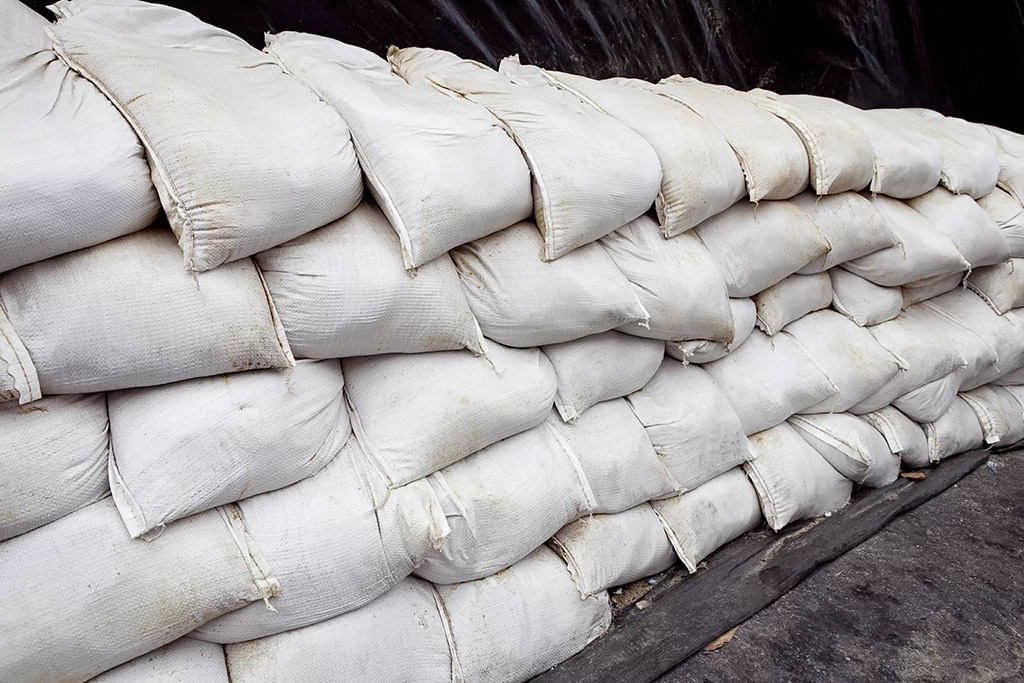
Why are burlap/fabric sandbags unfit for road control?
Traditionally known as jute bags, burlap sandbags are the most commonly available. Burlap bags are used as storage sacks and garbage bins for daily duties.
While they are suitable for short-term purposes, burlap is ineffective in traffic management due to various properties.
Read along to explore what makes them unfit for controlling traffic flow and road construction.
- They are lightweight and fail to act as good support bases for guide and speed limit signs. So, you cannot expect your burlap sack to remain stable and firm when in contact with strong winds and rain.
- They are biodegradable and decompose after some time, which makes them unfit for surviving in soil for a long time.
- Burlap sacks are poor flood water-resistant, which moves them out of use sooner.
- Burlap turns yellow when exposed to heat and sunlight; therefore, the sacks wear down quickly.
- So, suppose you’re looking for sturdy sandbags to elevate parking signposts and other speed limit signs to prevent a motorist from meeting accidents. In that case, you know burlap is not the material you should look for in your sandbags.
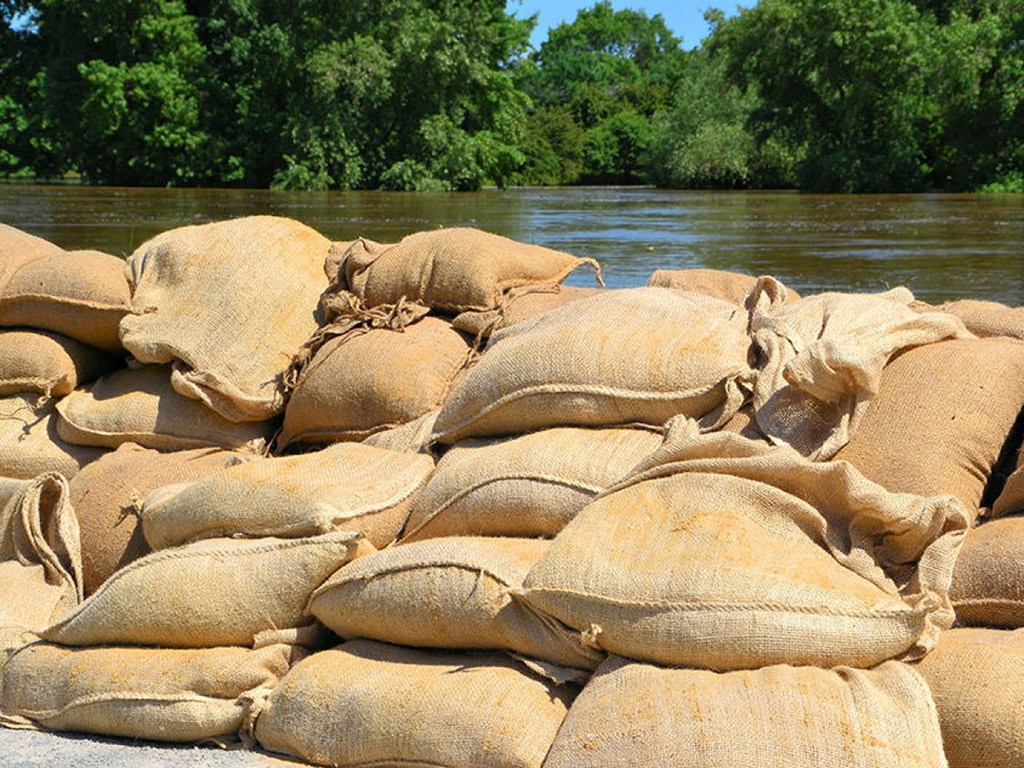
Other heavy-duty granite-filled sandbags for traffic management
Having around 14 kgs of granite in sandbags, these heavy-duty sandbags are a perfect fit for supporting pedestrian signals, highway signs, and other pavement markings by the Federal highway administration. These bags construct driveways, ramps, and other vehicular pathways.
Let’s look at the various characteristics of granite sand-filled bags.
- The material is stable, with a low rate of wear and tear. Thus, it can be an excellent base for ramps.
- The material is less likely to be impacted by water congestion. Particularly, granite sandbags are less impacted by stormwater, making the bag reusable.
- Granite is environmentally friendly, and the bag can be decomposed and reused for soil improvement.
- They are easy to deploy, as weight does not significantly increase in water.
So, if you want to buy an ultimate heavy-duty and environmentally friendly sandbag, you know what to vouch for. Granite-filled sandbags can be found in every shape and size per the intended use.
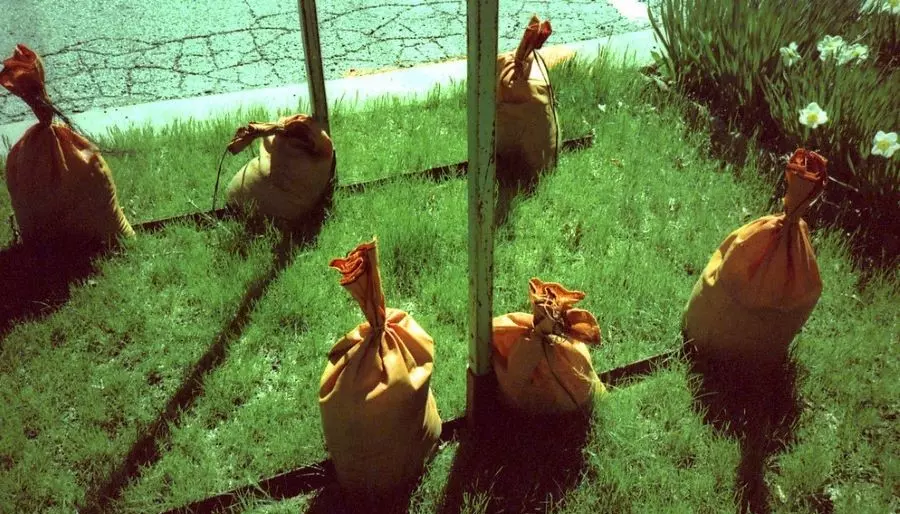
Conclusion
While sandbagging curbs the risk of accidents by ballasting speed limit signs and other measures of traffic calming, it is important to consider various sack and material specifications when purchasing.
Know that it is not only important for your sandbag to be heavy-duty and versatile, but also it should be able to resist heat and chemicals.
Most importantly, it’s essential to choose the appropriate colour of your sandbag to fulfil the desired purpose effectively.
Hence, as part of most traffic control plans, orange or yellow sandbags are the most common sandbags available. You can mainly see these colours around traffic cones, lanes, and other construction signs.
Have you decided on a sandbag for yourself lately? Head out to Sino Concept and find orange PVC sandbags that are versatile in every way.
Reach out Today!
👇🏻
IF YOU ARE LOOKING TO WORK DIRECTLY WITH A MANUFACTURER,
FEEL FREE TO CONTACT US. WE ARE VERY HAPPY TO HELP!





















